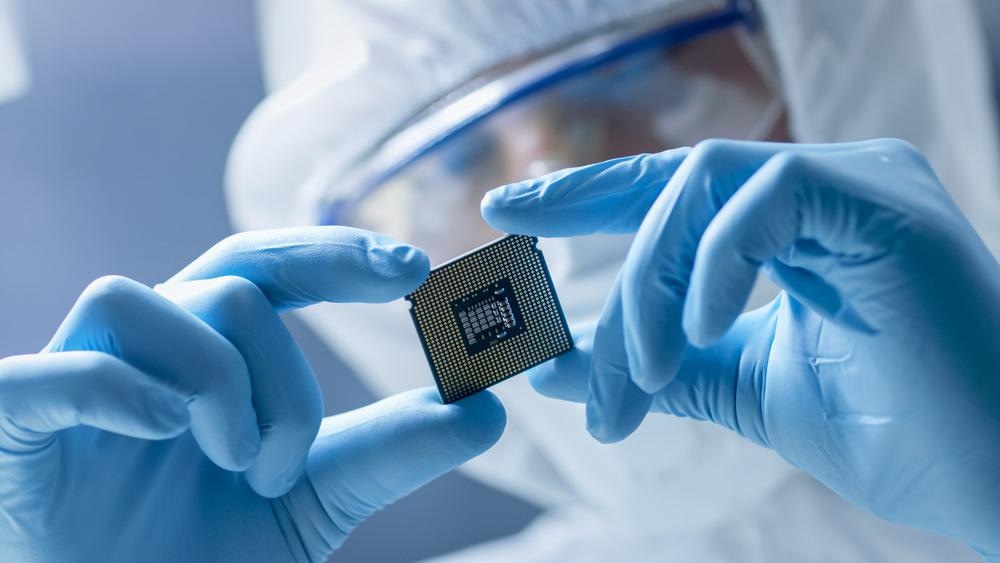A study published in the Chemical Engineering Journal reported that hollowed nickel oxide (NiO) semiconductor enclosed in a carbon framework doped with nitrogen (NiO/NC) was synthesized utilizing the parent Ni-based metalorganic complex based on the Kirkendall phenomenon.

Study: Boosting the Energy Density of Ultracapacitors by Designing Both Cathode and Anode from the same Precursor. Image Credit: Gorodenkoff/Shutterstock.com
The cylindrical NC was created using the same parent by eliminating the nickel using an acidic etching process. Designing a hollow nanostructured electrode based on transition metallic oxides is critical for highly efficient ultracapacitors.
Use of Transition Metal Oxides in Ultracapacitors
To meet the growing need for intelligent products and electronics, ultracapacitors with excellent energy density, rapid charge-discharge times, and excellent cyclic stability have received a lot of focus. However, ultracapacitors have a poor power density compared to Li-ion cells, limiting their ability to be scaled up.
It is worthwhile to search for superior materials for electrodes to increase the power density of ultracapacitors. Because of their large capacity, modest expense, ease of production, and ecological friendliness, transition metal oxides (TMOs) have been viewed as appealing pseudo-capacitors to form the electrodes.
Nickel oxide shows great promise in this regard because of its significantly high potential capacity. However, NiO struggles with poor intrinsic conductance and massive volumetric expansion, resulting in slow response dynamics and considerable structural degradation over cycles, significantly undermining its benefit of large capacity.
Embedding NiO-based Materials in Carbon Matrix
So far, many solutions have been suggested to address the obstacles that NiO-based substances encounter on their way to mainstream use, with one successful option being to combine with conducting materials such as a carbon network. The addition of a carbon network on-site may significantly increase the conductance of NiO, improving its effectiveness in supercapacitor operations.
The metallo-organic complex idea is comparable to that of covalent organic frameworks (COFs) and metallo-organic frameworks (MOFs), which may be utilized as a prelude for creating carbon-coated metallic nanoparticles (NPs) on-site by direct thermal application.
As the metallic complex and carbon are derived from the same molecule, metallic NPs linked with carbon on-site may successfully address the drawbacks of an exterior source of carbon. Nonetheless, creating TMO NPs embedded on-site in a carbon framework remains challenging due to the complex and expensive production process.
Managing Morphology of NiO-based Materials
A different technique for addressing the challenges is to control the architecture of NiO-based products. Hitherto, various NiO nanostructures, including nanocages, nanosheets, and core–shells, have been produced.
The hollow architecture of nanoscale nickel oxide products not only shortens the path of ionic diffusion but also provides extra room to alleviate volumetric expansion during cycles, enhancing cyclic stability and performance.
Many attempts have been undertaken to synthesize hollowed NiO in the past few years, including the widely utilized template-based and seed-mediated heating procedures. However, these technologies necessitate sophisticated processes that are both time-consuming and harmful to the environment.
Making Electrodes from the Same Precursor
Yet another popular technique for broadening the operating range of ultracapacitors and increasing their power density is the development of alternative electrodes as cathode and anode, respectively. Presently, in most of the publications, cathode and anode components are often synthesized from distinct sources, resulting in time-consuming methods and restricted usage of raw resources.
There are hardly any reports of the fabrication of anodes and cathodes with identical morphologies obtained from the very same predecessor. As a result, it is critical to devise a sophisticated technique for preparing several anode and cathode options from the same predecessor.
The team used the Kirkendall phenomenon to create hollowed NiO NPs encased in a carbon matrix doped with nitrogen. To fully exploit the precursor, a pure NC with a comparable hollow architecture was created using an acidic etching approach.
Results of the Study
Owing to their strong electric conductance and adsorptive potential for hydroxyl groups, both NiO/NC and NC exhibit good electrolytic activity in a 3-electrode setup, which was validated by density functional theory (DFT) simulations. Moreover, the asymmetric device built with a NiO/NC cathode and a pure NC anode has a good power density.
This asymmetric supercapacitor can also continuously power an LED light for more than three minutes and a fan to spin regularly, suggesting its suitability for real-world uses. The study opens the door for enhancing supercapacitor power density by creating TMOs and pure NC with distinct architectures based on the same precursor.
Continue reading: How Nanotechnology Can Improve Vanadium Flow Batteries
Reference
Huang, C., Lv, S. et al. (2021) Boosting the energy density of supercapacitors by designing both hollow NiO nanoparticles/nitrogen-doped carbon cathode and nitrogen-doped carbon anode from the same precursor. Chemical Engineering Journal, 431. Available at:https://www.sciencedirect.com/science/article/pii/S1385894721056576?via%3Dihub
Disclaimer: The views expressed here are those of the author expressed in their private capacity and do not necessarily represent the views of AZoM.com Limited T/A AZoNetwork the owner and operator of this website. This disclaimer forms part of the Terms and conditions of use of this website.